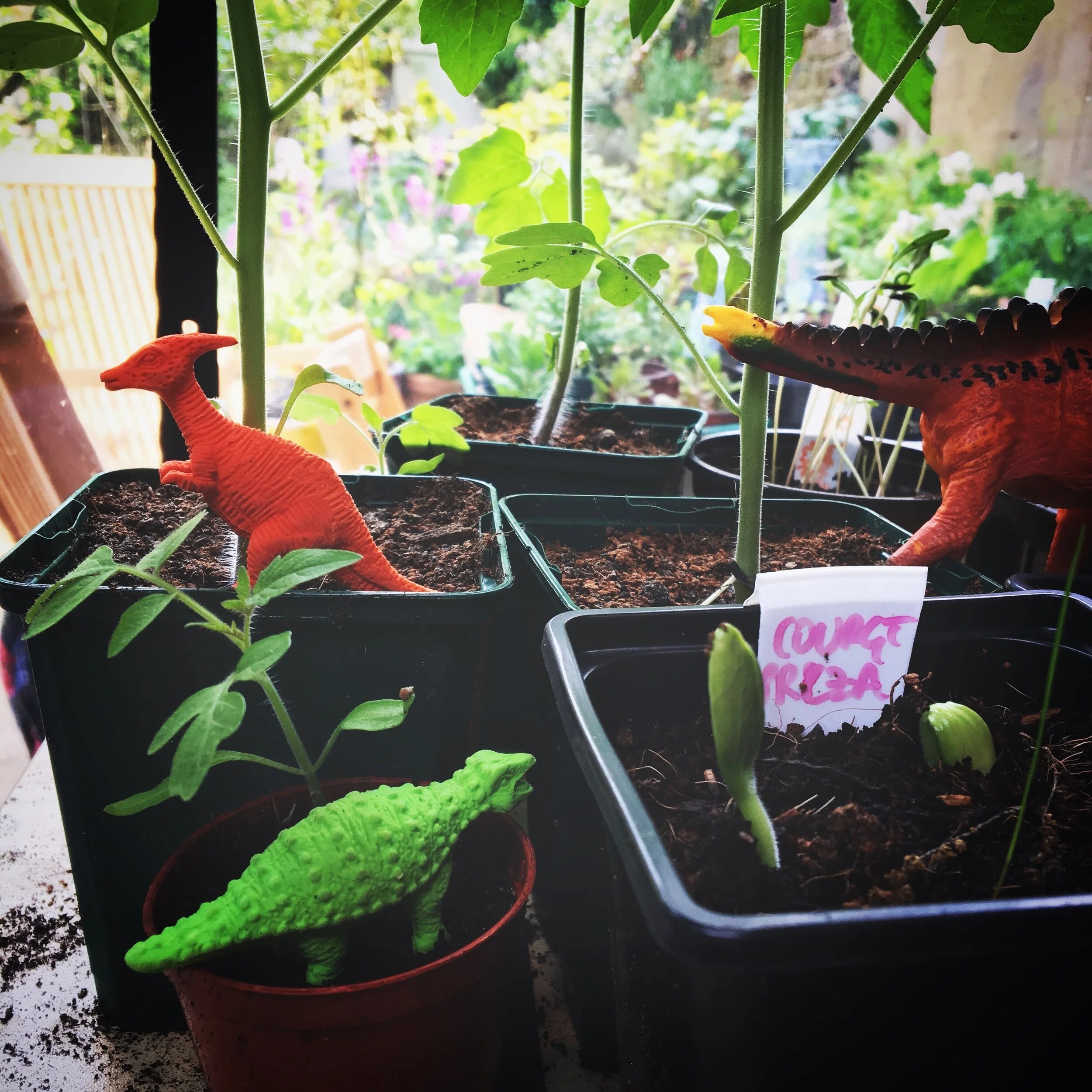Book Review - Love from Kew
I have just finished pouring over this book which has fascinated me. I should start by saying that it was not at all what I had imagined. I expected a musty but illuminating collection of postcards from Kew, woven with its history and some insights into the lives of its visitors. Instead, this book is a chimera, combining archive, history and poetic fiction and hovering over three moments in time – the capture of the photograph, the writing of the postcard and the author’s own creation. It is a rich and complicated balancing act and, at its best, brings the postcards singing off the page.
To describe the book accurately I will try to unwrap its layers as best I can. On the surface, Sophie Shillito has curated a series of postcards of Kew dating from the mid 19th century up to the 1990s. The photographs on these alone already tell two interwoven stories: that of the slow-changing face of the garden, and that of the people pictured visiting or working there. They show pavilions burned to the ground, temples long since destroyed and shifting beds and borders, as well as emphasising the gardens’ permanence and history as the same iconic buildings and vistas appear in postcards separated by 100 years. More beguilingly, many of the cards feature people: gardeners pausing from their work, carthorses pulling trees, women with full skirts and parasols deep in conversation. These tantalisingly grainy figures bring the images to life, contrasting the thrum and pace of human activity against the largely unchanging backdrop of historic trees and imposing structures. The cards are accompanied by passages of supporting history: details of King George III’s exotic menagerie; the razing of the pavilion by the suffragettes; the construction of buildings; the moving of statues from one gate to another. These gems of information are brilliant but brief and I was left hungry for more of Kew’s history.
On their reverse, the postcards tell a third story: that of the general public who visited and sent a postcard. We are told in the introduction that postcards used to be a rapid form of communication, and that you could send one at breakfast and expect it to arrive by lunch. This can be seen in the immediacy of the messages, often announcing the writers’ arrival by dinnertime that evening or the expectation of seeing someone the following day. At times the writers reference their visit to the garden, but often the messages consist of specific references to their day to day life: thanks for a gift, the recipe for a Christmas pudding or a request for tomatoes for lunch.
It is here that Sophie’s writing diverges into something unique. Taking these vivid references, she creates her own cameo scenes: sometimes of the writer, sometimes of the recipient or someone referenced in the message. These moments are at their best when she manages to subtly capture and entwine both the life of the visitor and some essence of the garden or the image on the card. One shows Glass House No 4 with a gardener at work within it whilst the message reads ‘Another lovely day. Window cleaners came this morning’. Sophie’s response draws parallels between the cleaning of the writer’s windows and those of the glasshouse. Suddenly the aproned gardener pictured seems to be checking over the newly washed glass or preparing for a day of cleaning.
My favourite page shows a photo of rhododendrons and has a message about a visit to the zoo bearing a stamp of King George. The accompanying lines weave between King George’s dominion as Emperor of India and a Bengal tiger in the zoo dreaming of his past life among rhododendrons (which are native to India). In these passages, what Sophie has created is extremely clever and highly evocative. Her writing is rich and vivid, bringing these lost characters to life by conjuring all the senses.
I have one complaint which is that quite often the original text of the card is partly hidden and we are only given a transcription of one or two lines. In these moments, we are reliant upon Sophie’s interpretation of the writers’ thoughts and lives without any access to the details of the cards for ourselves. She writes enthusiastically in the introduction about the pleasure of turning the cards over in her own hands, and although we can’t do the same, it would be nice to have as much detail of them as possible and the dates they were sent. Since the thoughts people chose to communicate were rarely of the gardens, Sophie often expands on throwaway lines or passing thoughts, and although she writes richly the passages run the risk of becoming rather distanced from the gardens or visitors. A reference to making Christmas pudding becomes a scene in which the recipient pulls encrusted currants from between the pages of her grandmother’s illustrated cookbook. If you are looking for a history book of the gardens this would prove frustrating, but if you’re happy to let your mind wander between fictional scenes from real lives, these moments are a part of that journey.
In the confinement of lockdown, this book has been a breath of fresh air, a moment of escapism and a reminder of the freedom and normality of everyday life. Although our world and fashions have changed dramatically since these cards were written, it would seem the human spirit has not, and many of the cards could have been written today. Above all the book has nurtured my respect for the gardens which have seen so much history and which have welcomed visitors for nearly 200 years. On my next visit, I’ll pause to think of the many and varied feet which have crossed its lawns. I may well send a postcard of my own.




